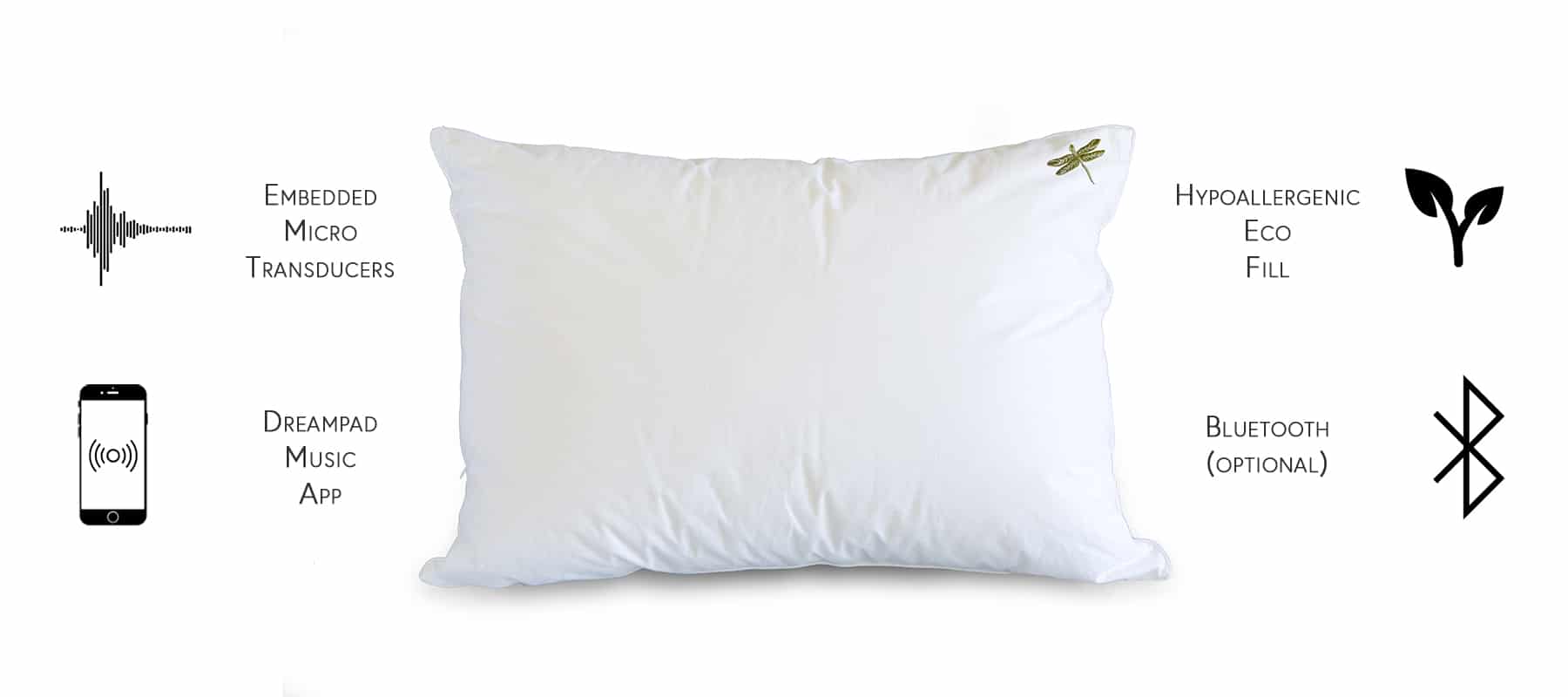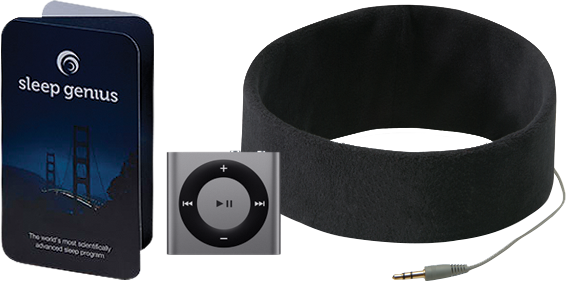
Good quality sleep is critical for effective brain function. During the various phases of sleep, the brain and the body recharge and the experiences of the day, including learning, are consolidated in memory. Without effective sleep, the brain will not function efficiently, compromising yet further those who might have cognitive issues, e.g. those suffering from sensory processing problems.
Sleeplessness is a chronic problem affecting millions of people. In our hectic, fast-paced, stress-filled world, many people don’t get enough sleep or enough quality sleep, while others suffer from serious sleep issues like sleep apnea and insomnia.
Technology offers the possibility of helping those with sleep problems and a number of different approaches to improve sleep are on the market. Some of these take advantage of advances in neuroscience; both improved understanding and enhanced technology. And many use auditory stimulation to achieve their goals.
One measure of sleep is brainwave activity. Indeed, levels of consciousness including sleep are defined by different levels of brain activity, as shown below.
Beta waves: 13-30 cycles per second – mental processing, stress
Alpha waves: 8-12 cycles per second – relaxed wakefulness
Theta waves: 4-8 cycles per second – deep relaxation, early stages of sleep
Delta waves: 1-4 cycles per second – deep sleep
It has been established that the brain can be entrained and thus follow sensory frequencies. For example, in photic driving, light of a certain frequency, say 12 hz, can produce brain waves of the same frequency, thus providing a way to influence states of consciousness. Similarly, auditory driving shows that when exposed to sounds of a certain frequency, the brain will adapt to that frequency. So, for example, listening to music or sounds that oscillate at 6 hz is likely to produce electrical activity at the same level, which is in the theta range and corresponds to early sleep stages. In theory, then, if we could drive the brain into different levels of consciousness we should be able to control wakefulness and thus sleep. This is precisely what some sleep tools try to do, as we will see below.
Best Advanced Sleep Devices
The Dreampad®

The Dreampad® is a “pillow” that uses this technology that consists in driving the brain into different levels of consciousness, but it has another wrinkle. Rather than using air conduction to transmit sounds through speakers or headphones, it uses bone conduction technology. This transmits the sound through the vibrations in the skull, making it a much quieter but also more powerful device.
Dreampad® pillows and accessories are available on the official website. You will find the new line on Kickstarter.
You can find out more info here: www.dreampadsleep.com
Sleep Genius®

Sleep Genius® is an app that was originally designed for astronauts. It, too, takes advantage of brain entrainment, to get the brain into the right sleep state of consciousness through auditory driving. The app also uses sounds that elicit a sense of gentle rhythmic motion, a feeling associated with “rocking” to sleep.
This app also uses binaural beats, a way of creating a very low frequency sound associated with deep sleep. Binaural beats refer to the practice of presenting two sounds that are almost the same but vary by a small degree. When presented these beats produce a “fantom” sound, an auditory illusion, with the frequency of the difference between the two sounds. Research suggests that listening to binaural beats facilitates auditory driving.
Sleep Genius® also uses Pink Noise. You probably have heard of, and heard, white noise, which combines different frequencies often to make meaningless background noise that blocks out pretty much everything else. Pink noise is a type of sound in which every octave a carries the same power and thus creates a perfectly consistent frequency and is gentler on the ear.
Another cool feature of Sleep Genius® is its alarm mechanism. Rather than blasting you awake with a loud tone at the prescribed wake time, it gently wakes you up over a five minute’ period leading to a more dignified and relaxed return to full consciousness. It also features a revive cycle which is designed to give the user a power nap.
Sleep Genius® is a cheap app for iPhone® or iPad®. A variety of accessories are available to purchase on the official website. The app can be used with a variety of different earbuds and speaker systems but this does raise an important point.
If you are going to be sleeping, the transmission of sounds needs to be via a very comfortable device. Sleeping with earbuds is likely not going to be that comfortable and there are a variety of alternatives that transmit sounds through media that are more compatible with nighttime comfort. There are some options that eschew typical in ear headphones for speakers concealed in a headband.
You can find out more here: www.sleepgenius.com

